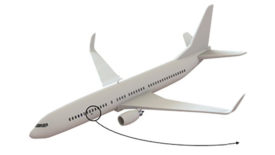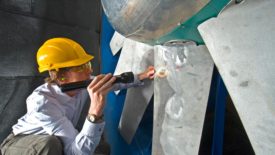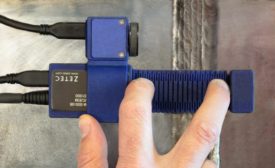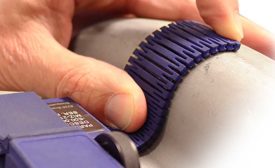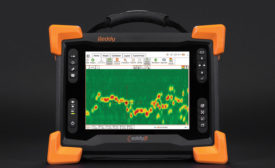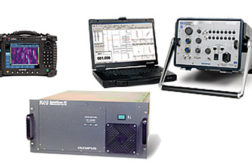Home » Keywords: » eddy current array
Items Tagged with 'eddy current array'
ARTICLES
NDT | Eddy Current
Compared to the other NDT disciplines, many would say that eddy current inspection is the least used as well as the most difficult to comprehend.
Read More
NDT | Eddy Current
Conventional Eddy Current transitions to Eddy Current Array
This inspection process is becoming more objective and precise, with greater accuracy and consistency across various industries.
September 15, 2023
Aerospace | Back 2 Basics
How Eddy Current Array Takes Aerospace Inspection to New Heights
One of the great advantages of this technology is its capability to adapt to various materials and geometries.
July 18, 2023
Eddy Current
The Big Deal about ECA
With the latest instruments and probes, eddy current array strikes a balance in speed, POD, and cost effectiveness on big jobs.
April 8, 2021
ECA Probes Improve Inspection Flexibility—in More Ways than One
Eddy current array results can be saved, shared, stored, processed, and compared at any time.
December 10, 2019
Eddy Current Array Technology Serves a Variety of Industries
The range of possible applications for eddy current array continues to expand.
February 11, 2015
Stay in the know with Quality’s comprehensive coverage of
the manufacturing and metrology industries.
eNewsletter | Website | eMagazine
JOIN TODAY!Copyright ©2025. All Rights Reserved BNP Media.
Design, CMS, Hosting & Web Development :: ePublishing

